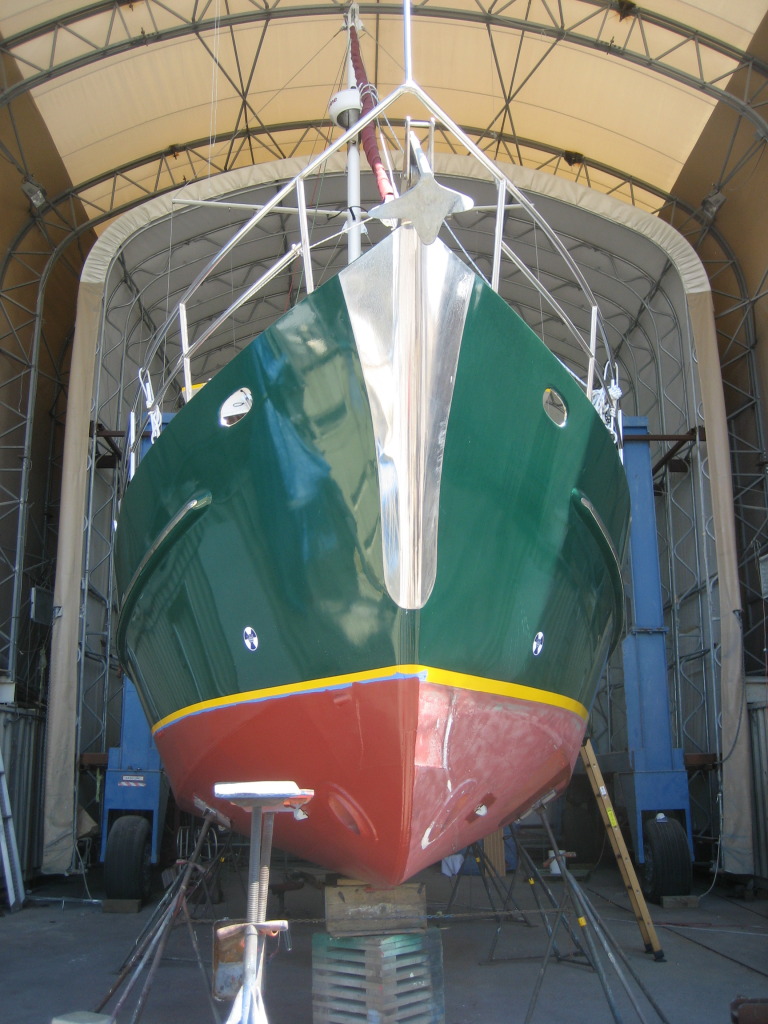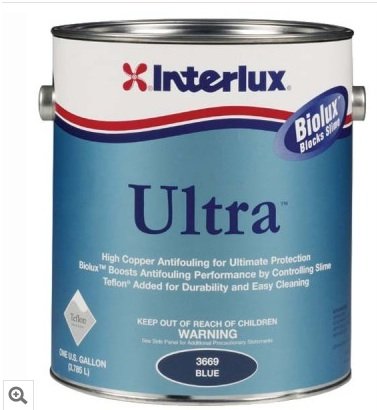Slowboat 37
Senior Member
- Joined
- Aug 29, 2010
- Messages
- 191
We are hauling out next week for bottom paint, hull waxing and mics. jobs. We are moored in a river but cruise in saltwater and I need to choose the type of paint to use. I hate to think of the river slowly washing the paint off while I get no enjoyment using the boat. Is there a compromise? I know there are several others who are on rivers part time as well, what do you think?

 That's what I use but re-painted after 3 years. Could have made it 4 easily.
That's what I use but re-painted after 3 years. Could have made it 4 easily.

